Review of the Until Dawn remake: Han, it goes beyond simply being a reskin.
Heigh-ho, heigh-ho, we’re heading back to the mountain.
If you’re looking for a night of partying, Blackwood Mountain is not the place to go, as the cast of Until Dawn should have been warned. What about me? I couldn’t wait to come back and have been enjoying re-living the challenges and difficulties of that unforgettable night. Until Dawn has consistently been the top title from Supermassive Games, and Ballistic Moon has elevated it even more with this expertly crafted remake.
This remake is as faithful as it can ever be. Don’t anticipate finding many surprises here. While Until Dawn provides a fresh take on its predecessor, the tantalizing sequel tease at the end has sparked excitement online, potentially hinting at the remake’s direction. The game’s palpable sense of tension and dread is heightened by impressive visual upgrades and a greatly successful reworked prologue.
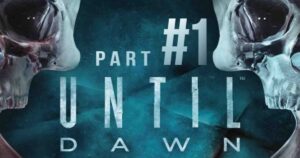
Taking everything into consideration, Ballistic Moon’s interpretation of Until Dawn is the ultimate way to enjoy this iconic PlayStation horror game. However, the issue that cannot be ignored is the high cost attached to it, which may hinder the success of this impressive project.
Fans both old and new will definitely be drawn to Until Dawn. If you are in the second group, let me update you. This is an interactive horror story, where you will be in charge of the fate of eight teenagers. The group has gathered together at a ski lodge on Blackwood Mountain to commemorate the one-year anniversary of their friend’s, Beth and Hannah’s, vanishings. A night planned for bonding ends up turning gruesome. It soon becomes clear that this group is not the only ones on the mountain, and they may not have been alone a year ago either.
Ballistic Moon completely renovated Until Dawn using Unreal Engine 5 instead of the Decima engine used by Supermassive Games in the original, resulting in a much improved game. While photorealism is not the primary goal of the gaming industry, it does have a place within it. Photorealism is highly advantageous for creating immersion because it allows us to easily get lost in a make-believe world that closely mirrors our own. That is definitely true in this situation. I have experienced Until Dawn multiple times, familiar with its frightening surprises, but this time I felt a fear I haven’t felt since my first playthrough.
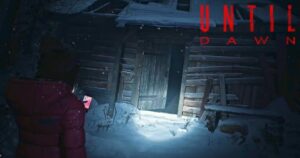
This remake manages to maintain a sense of being firmly grounded, even within a game centered around wendigos. In my opinion, the wendigos were most terrifying when you hadn’t encountered one directly. The sensation of being watched or having something nearby gave me a stronger reaction than seeing the giant naked mole rats themselves. However, I want to clarify that I wouldn’t want to encounter one of these creatures in person, but I always believed that their design could have been a bit more terrifying.
Someone at Ballistic Moon seems to have heard what I wished for. In this place, the traces of a wendigo’s past existence are more easily visible. Once you reach the point where you see Hannah as a wendigo, the better graphics allow you to almost make out her human features beneath the scary appearance. The face models now have more intricate details which make them scarier, thereby adding a sense of tragedy to the entire story. It is as though you can glimpse the imprisoned and cursed Hannah within the wendigo’s gaze.
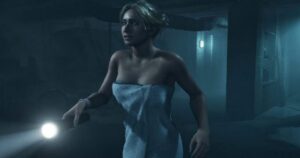
The enhanced attention to detail was also seen in the game’s human characters and environment textures, creating a more immersive experience, especially in the game’s darker moments. There is not much to comment on regarding the performances. They were excellent in 2015, and they are still excellent today. When a game features actors such as Rami Malek, Hayden Panettierre, and Brett Dalton, it’s hard to make a bad choice.
The new over-the-shoulder camera complemented those graphics. Players who have experience with the original game will remember the fixed camera angles, which are still occasionally used, causing players to clumsily navigate characters in search of the correct path forward in the scene. The stationary camera heightened the feeling of fear and lack of agency, but the over-the-shoulder camera also has its advantages. While it might not instill fear in the same manner, it does allow for a more thorough exploration of locations – and Ballistic Moon has included several collectibles to compliment that. You have the option to turn around and gaze back to where you started. You have the freedom to gaze in any direction you choose, without being prompted by the camera to focus on a specific point. Also, this aided in increasing immersion for me, while also reminding me that the next horror could come from any direction. If you hear a sound of movement behind you, do you have the courage to turn around? These are the types of questions that this fresh point of view seems to be posing.
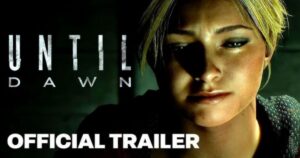
Regarding the additional collectibles, numerous new ‘hunger’ totem poles have been included along with the existing death, loss, fortune, guidance, and danger examples that players are already acquainted with. To be honest, it took me some time to comprehend the meaning behind these visions, but once I did, I was amazed by the brilliance of Ballistic Moons. These short clips, seen from a first-person perspective, are brief and make it difficult to understand what is going on. However, as you gather more of them, it becomes clear that you are witnessing Hannah’s transformation into a wendigo, which is why they are titled ‘hunger’. It’s a brief yet powerful glimpse into the terrors she likely experienced, leaving me eager to seek out the missing pieces to complete the story.
Until Dawn’s story expansion is understated. The revamped introduction is a complete success. The introduction of the characters is more thoughtful and the pranking of Hannah by the group is prolonged. Therefore, you are much more inclined to prioritize the well-being of the group in the future. The prologue also emphasizes the tragedy lurking beneath Until Dawn’s slasher story, underscoring the unfortunate events that resulted in Beth and Hannah’s deaths. I was happy to discover that the remake brought back a chapter involving Matt and Emily, which had been previously only available as a pre-order bonus and therefore not accessible to many players after the game’s initial launch. There are no significant plot developments, but when they go to get Emily’s bag in the early chapters, tension increases and our bond with Matt grows stronger.

In terms of its gameplay, Until Dawn remains largely consistent. The amazing ‘Don’t Move’ mechanic is back and even though it’s not needed, I will still hold my breath as if there’s a wendigo right in front of me in real life. QTEs make a comeback, but now featuring basic black and white triangle, square, circle, and cross icons instead of colored inputs. The user interface is simple to avoid distracting from the current scene, and removing the colorful scheme adds a bit more challenge to quick time event sections.
There is no need to rotate totem poles in order to locate a crack that will eventually illuminate, showing the vision inside. Before, all you had to do was flip them and they would start playing automatically. I found this a little bit difficult. Sometimes, I would spin the entire thing several times, completely unsure of the exact location of the crack, but it was not a major concern. If anything, I was happy to have an additional input method in a game that is typically passive.
The music has been revamped this time as well. Similar to The Quarry, Until Dawn also includes a few popular songs, but I do not have any problem with that. They are used sparingly in the opening of the game as our protagonists try to enjoy themselves, making them appropriate. One major difference is that the music no longer consistently intensifies before a jump scare like in the original game, which added an element of excitement. The subtlety of the new soundtrack aligns well with the remake’s overall objective. familiar with the plot, the lack of sound may seem unsettling.
For me, it’s worth mentioning that the game ran perfectly with no issues. I acknowledge that some people online may have had different experiences, but I can only share my own experience. In the eight hours of playing, I didn’t come across any glitches or bugs. Despite Until Dawn being capped at 30fps, it didn’t seem to limit its performance. Surely, having a frame rate of 60fps would have been preferable but the performance remained consistent and trustworthy, which is uncommon in current times.
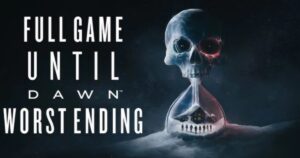
Finding faults within the game itself is difficult. This is a significant upgrade from the previous version, which was already a strong release. However, apart from the in-game content, the price stands out as a major problem. I respect the fact that Until Dawn is a remake, not a remaster, so I believe Sony’s decision to price it as a full release is justified instead of offering a $10 upgrade option like many remasters. With that being mentioned, I can’t shake the feeling that the $60 cost is a bit too high. In this review, I want to emphasize that this is indeed the ultimate way to enjoy Until Dawn. However, these enhancements are minor and may only be noticed by devoted fans of the original, such as myself. If you’re new to Until Dawn, you will not regret your purchase. If you’re already a fan and want to try this improved version of the game, reducing the price by about $15 could have made it more appealing.
Recently, there has been a lot of controversy surrounding Sony’s consistent use of remasters and remakes, and I understand why it has caused such an uproar. Projects must never prioritize or substitute originality and innovation. With that said, I’m happy that Until Dawn is a franchise that hasn’t been abandoned.
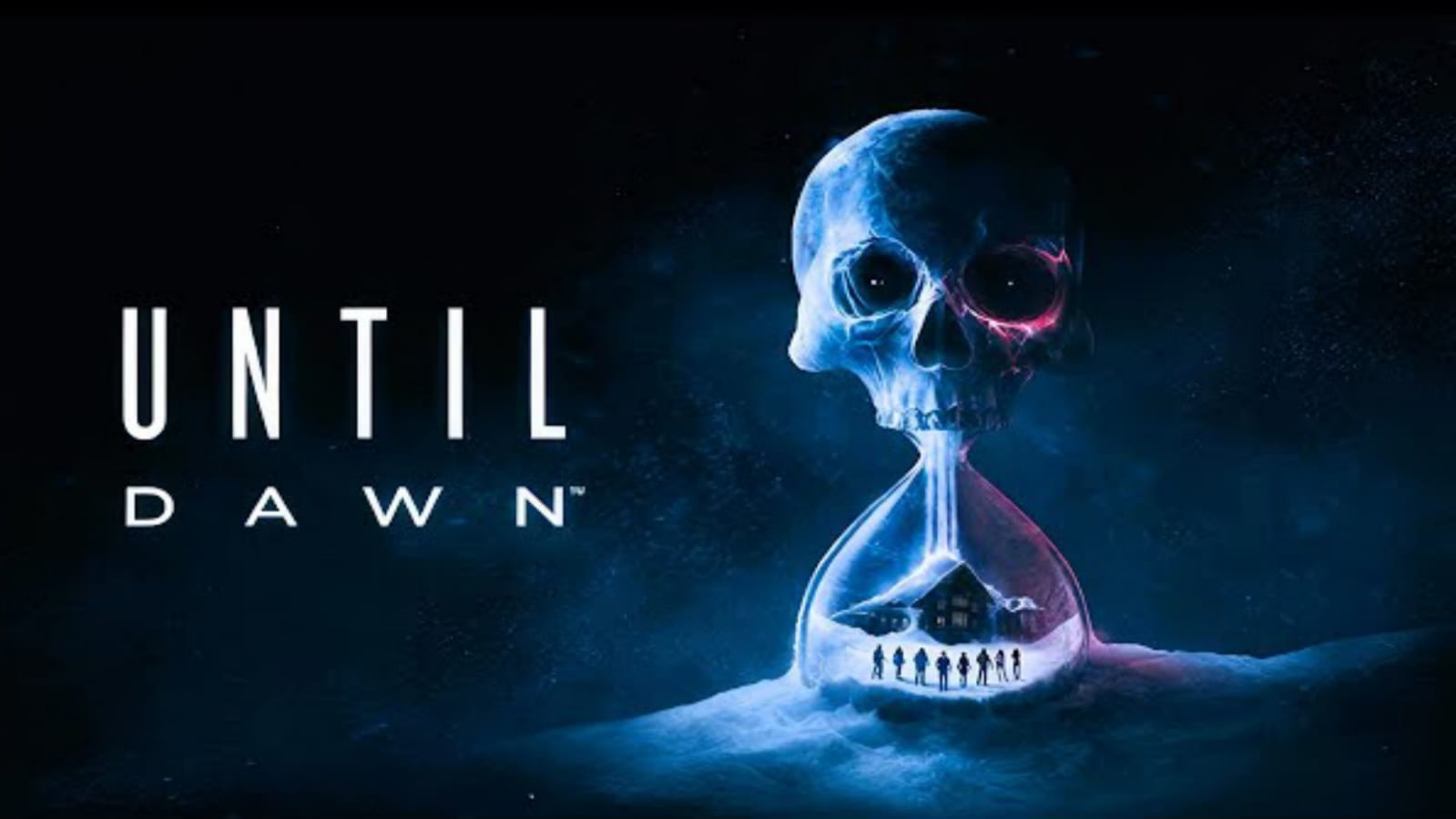
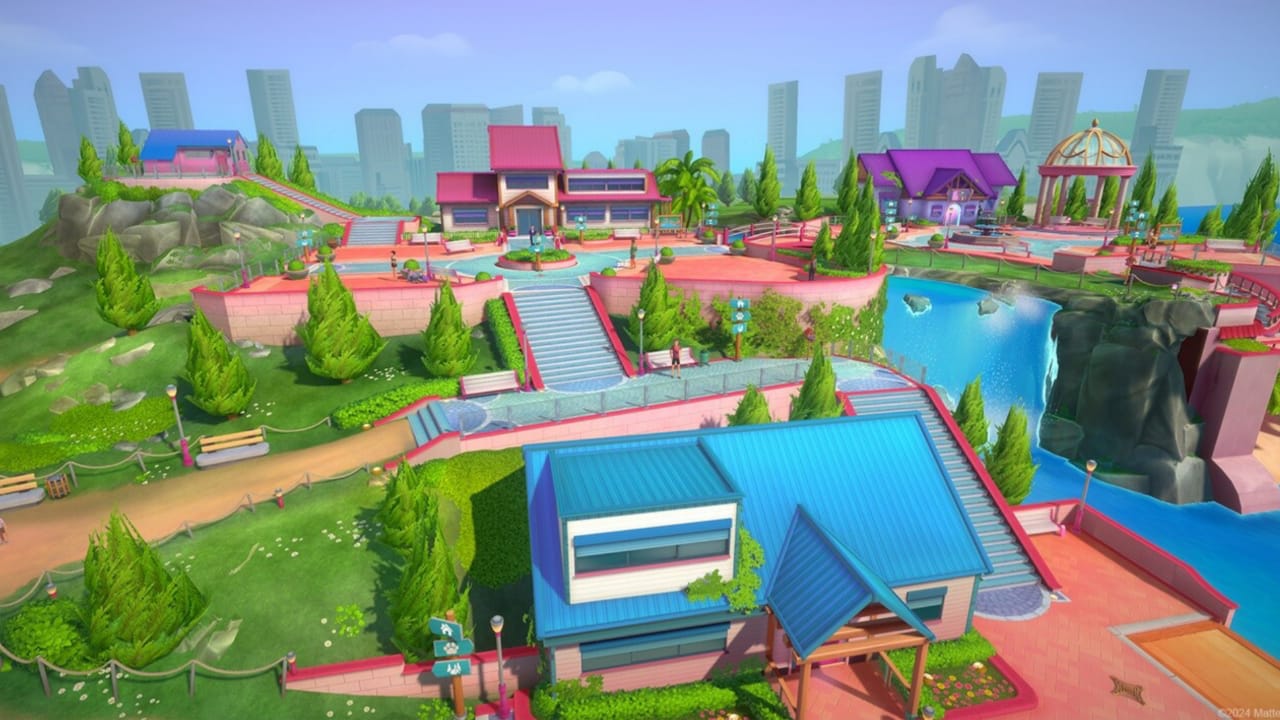

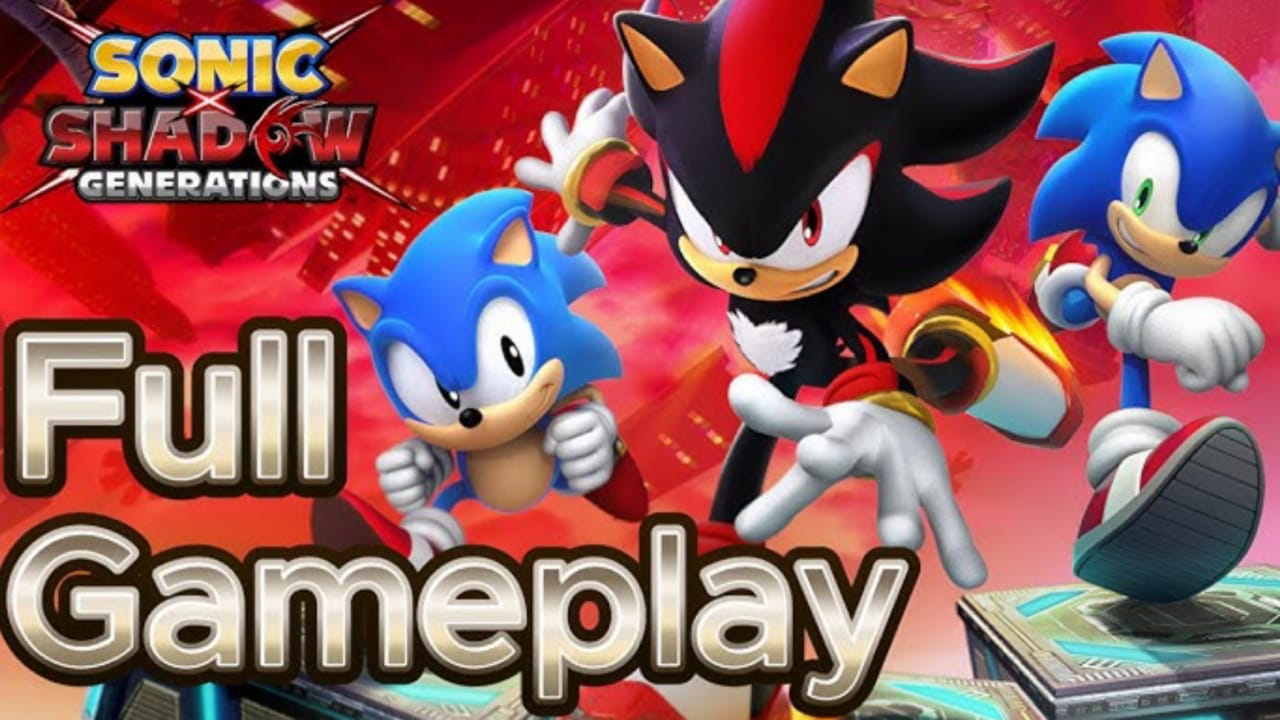
Post Comment